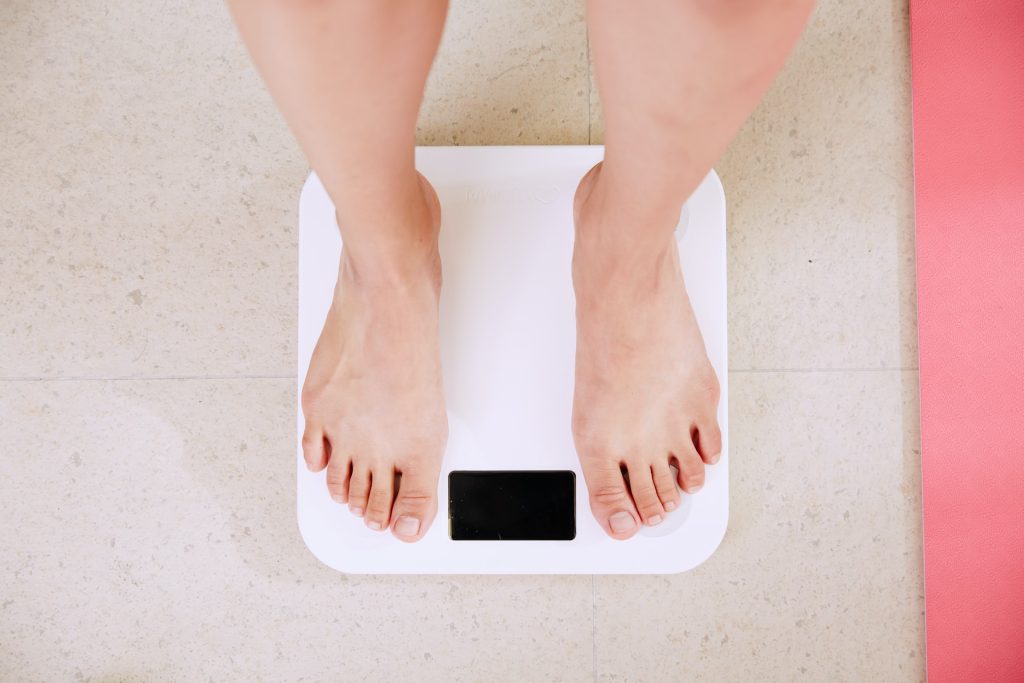
Weight loss medication has taken the world by storm and helped many overweight people. But for some, significant weight loss also comes with a loss of muscle mass and can lead to an increased risk of osteoporosis.
New research now suggests that the monoclonal antibody drug bimagrumab may be able to alleviate some of this risk, says PhD student Frederik Duch Bromer and postdoc Andreas Lodberg from the Department of Biomedicine at Aarhus University, who are behind the study published in the Journal of Cachexia, Sarcopenia and Muscle.
“We are the first to study how certain drugs affect bones, and the results show that bimagrumab can increase the amount of bone tissue while building muscle mass, and this could be very important for the many people currently taking weight loss medication.”
Bimagrumab was originally developed to treat muscle loss and dysfunction, but since then, it has beome apparent that it also has a fat “burning” component to it. So, if approved, it could be part of a second-generation weight loss drug on the market.
Therefore, it’s relevant to research how this particular patient group reacts to the drug,” says Andreas Lodberg.
“An estimated two billion people will be categorised as overweight by 2035, so it’s also important that we research the drugs that come on the market for this particular patient group in order to better understand their long-term impact on the body.”
Osteoporosis can prove costly for patients and society
Patients on weight loss medication often have a history of weight fluctuation, which can contribute to the development of osteoporosis. Brittle bones increase the risk of serious fractures, and this is costly for both patients and society.
Therefore, the research results could be good news for patients on weight loss medication. And according to Frederik Duch Bromer, the study shows that bimagrumab not only counteracts the breakdown of bone and muscle tissue, it actually promotes the build-up of both.
“Bimagrumab slightly increases the calcium content in bones and promotes the formation of new bone in what we call the shell (cortex) of the long bones. We also saw a significant build-up of bone tissue in the area around the femoral head, which is typically where many older people incur fractures.”
According to Frederik Duch Bromer, the results also showed that bimagrumab has no effect on the blood. Similar drugs have previously been shown to increase red blood cell production, increasing the risk of blood clots.
The study is based on mice with both osteoporosis and reduced muscle mass, and the drug is now being tested in several phase 2 clinical trials. Andreas Lodberg emphasises that more research is needed.
“Our study shows that bimagrumab has a positive effect in many areas, but we also have indications that the drug may have other side effects, and we’ll now investigate this further to get a clearer picture of the implications of using the drug for patients.”
Andreas Lodberg and Frederik Duch Bromer hope to be able to continue with further research to investigate both the positive results and possible side effects.
Source: Aarhus University

